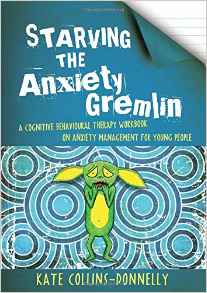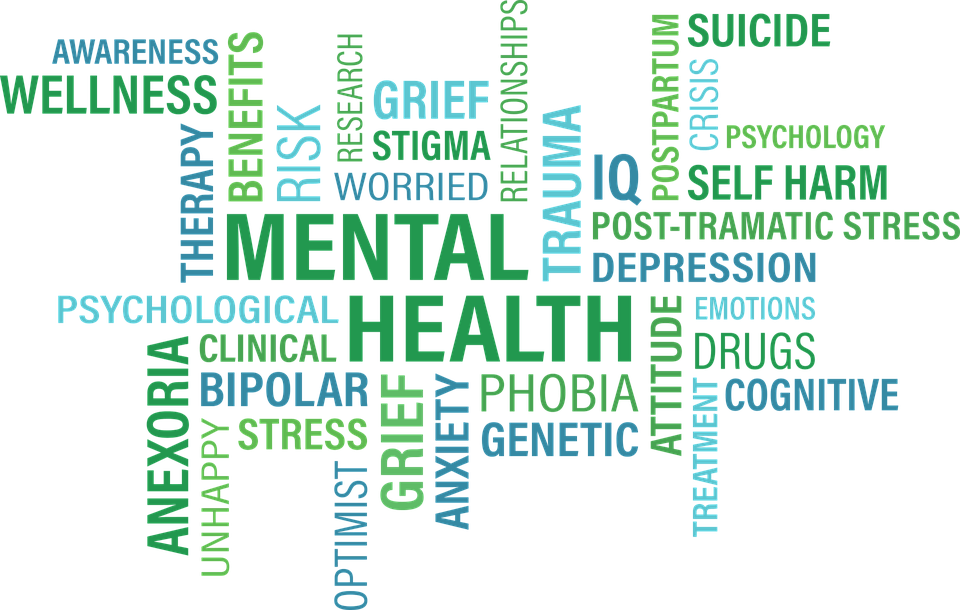SEMH Intervention Strategies – Top 10 ideas
Supporting students with SEMH needs can be a real challenge. Not only are teachers not trained mental health practitioners, access to the kinds of support some students need is restricted both by overwhelming demand and funding cuts. Higher tier services have had to raise the severity of cases to be accepted in order to prioritise those with the highest level of need. This leaves a large section of the school population with serious (but less severe) mental health issues that struggle to get the support that is needed. There is a range of SEMH intervention pastoral staff can put into place that can make a real difference to the lives of these students and many of them require a low level of funding (if any).
This article has been updated in 2023. Updated text shown in italics. This website now has a range of tools to help support you when working with young people with SEMH needs.
https://behaviour.semh.co.uk – a tool designed to allow you to explore strategies around specific individuals
https://sensory.semh.co.uk – a tool designed to help you explore sensory type behaviours
https://parents.semh.co.uk – a tool to help you collect useful information from parents and support them with strategies.
https://student.semh.co.uk – a tool to help you generate positive attributes to use as part of a self esteem strategies
http://semhtools.co.uk/StudentVoiceTool/index.html – tool to help collect pupil voice and give feedback on strategies that might work for them.
Please subscribe to our mailing list for more ideas on how to support with SEMH needs.
Much has changed post Covid-19. There has been a significant increase in young people not wishing to access learning despite being in school. If you are having this problem, consider this model…
1. In school counsellors
Although not the cheapest option for schools, access to counsellors in school is vital. These members of staff provide specialist support to the highest level of need (yet not meeting threshold for higher tier services) and are possibly the fastest response mental health practitioners available to schools. Local charities can sometimes offer counselling services that can be offered at a variety of prices. Some schools may opt to employ counsellors directly. Although counselling is not regulated by law, it is strongly advised that counselling is undertaken by those with professionally recognised qualifications. In some schools staff may have or wish to undertake basic counselling qualifications that will enable them to begin low level work with students (as advised by course tutors). This is an opportunity for both the school to increase counselling provision and SEMH intervention strategies, encourage CPD and develop opportunities for staff. Remember – you don’t need to be a therapist to work in a therapeutic way.
2. External Psychotherapeutic Organisations
In some areas NHS funded counselling and cognitive behaviour services for adults begin to accept referrals at 16. This can mean a school can directly refer or support a student in self referring to these services to help them access support that may be faster than that offered to under 18s. It can also relieve the pressure on in school services and existing SEMH intervention strategies. Charities can often support – consider Action for Children, Build Sound Minds and others. If a young person is in care, consider what options are available to them via their Virtual School.
3. Self Help Resources
 Books and worksheets focusing on common, easily identifiable issues such as excessive worry and low mood can be a very low cost and effective form of SEMH intervention strategies. Excellent titles include the “Starving the… Gremlin” series and the “Overcoming” (for older students) series that can both be found on Amazon. Other useful books include the “Workbook for Teens” series, an example of which can be found here.
Books and worksheets focusing on common, easily identifiable issues such as excessive worry and low mood can be a very low cost and effective form of SEMH intervention strategies. Excellent titles include the “Starving the… Gremlin” series and the “Overcoming” (for older students) series that can both be found on Amazon. Other useful books include the “Workbook for Teens” series, an example of which can be found here.
These books can be loaned out to students from pastoral staff or worked through in sessions with students either one to one or in groups. It is also useful to mention these resources could be bookable for staff too in order to help increase their own awareness or help them manage their own stress levels.
A range of selected books can be found by clicking the link below.
4. A Quiet Room
Having a quiet space available for social times is a vital tool for pre-emptive SEMH intervention strategies. The unstructured nature of break and lunch times can be especially stressful for students with a variety of needs. Some students also may wish to occupy their minds in a quiet space to reduce their stress levels. This space does not have to be over-complicated – a simple room in a quiet area of the school would suffice. Being able to provide colouring books and pencil crayons for students to use would provide students with mindfulness activities too. A quiet room would ideally have a “no talking” policy with comfortable seating provided by cushions and bean bags. Low lighting and lamps with a calming background music provided by Youtube can really benefit the environment too. Materials can be provided by staff donations where possible – often staff will volunteer to man the rota for this room too for their own serenity. Using this room as a point of referral for students suffering from stress and anxiety.
Consider sensory needs when building a quiet space.
5. Active Strategies

Evidence shows that physical activity helps improve mental well-being. Encouraging staff to follow their passions and set up physically active clubs that get students moving can act as a great point of referral in an SEMH plan. Similarly clubs that allow students to learn new skills and follow their interests can give them a self esteem boost that can improve overall mental wellbeing. Consider the use of sports mentoring, where a child can access education and physical activity from an external provider.
6. Worry Box
Giving students an opportunity to share their worries via an intranet worry box is a good way to gauge the key stressors within the school and also allow students to pass on concerns for you to act upon. Giving the students the options (with a clear safeguarding disclaimer) of “I just wanted to share and don’t want to discuss”, “Please let my teachers know” and “I want to discuss this with…” will enable them to share worries in a non verbal way, something they may find more accessible.
7. Education on mental health
 Educating students on their own mental health is key to any successful SEMH intervention strategy in school. Students need to know how their brain works and the key symptons that they may need support. Knowing which feelings are normal teenage worry and mood shifts and what is chronic anxiety and depression is vital for ensuring the right students receive the right support in the fastest possible time. Students will be better educated to seek support and report problems. They will also understand how to support each other and be a good friend in a time of need.
Educating students on their own mental health is key to any successful SEMH intervention strategy in school. Students need to know how their brain works and the key symptons that they may need support. Knowing which feelings are normal teenage worry and mood shifts and what is chronic anxiety and depression is vital for ensuring the right students receive the right support in the fastest possible time. Students will be better educated to seek support and report problems. They will also understand how to support each other and be a good friend in a time of need.
8. Staff Mentoring
Training staff mentors in low level support roles can really benefit students in providing them with accessible, trusted members of staff with whom they can work to reduce the stressors in their life. Training can be delivered through the use of self help resources or dedicated school procedures for supporting students with certain needs. Sometimes students with heightened stress levels need support organising their lives better to reduce stress. Staff mentors can help to reduce these stressors by teaching organisational skills. Some students will struggle with toxic relationships – again staff can assist in advising students how to reduce or change these stress inducing friendships.
9. Nurture Groups

Nurture groups have a long history of supporting students with social, emotional and behavioural difficulties (SEBD) in school. When the government introduced the term “SEMH” (replacing SEBD) they acknowledged the close link mental health has with social, emotional and behavioural difficulties. Nurture groups use evidence based approaches over a short term in small classes of 6 to 12 students. The aim of these groups is to teach social and emotional skills thereby removing barriers to learning that help to make students more “classroom ready”. Nurture provision can be delivered in a variety of methods in both primary and secondary settings to support students with SEMH needs with a measurable, high impact approach.
10. Mindfulness
Last but not least, the use of mindfulness in classrooms and across the school has been shown to be very effective in reducing stress levels in schools. Mindfulness activities at the start of lessons can focus a child’s mind and calm the distracting narrative operating in a students mind at the beginning of any new lesson (particularly after lunch!). Teaching students how to use mindfulness in their own time can help students take control of their stress and worry and Youtube offers a range of guided meditation exercises students can use. Photocopiable mindfulness activity books are available from most major book retailers too, allowing students to perform these tasks as starters or as SEMH intervention strategies. Consider the appropriateness of mindfulness carefully with any young person you work with – for some young people, they may find such techniques difficult. We must be conscious of this and be not insist on completing such activities where it is causing distress.
